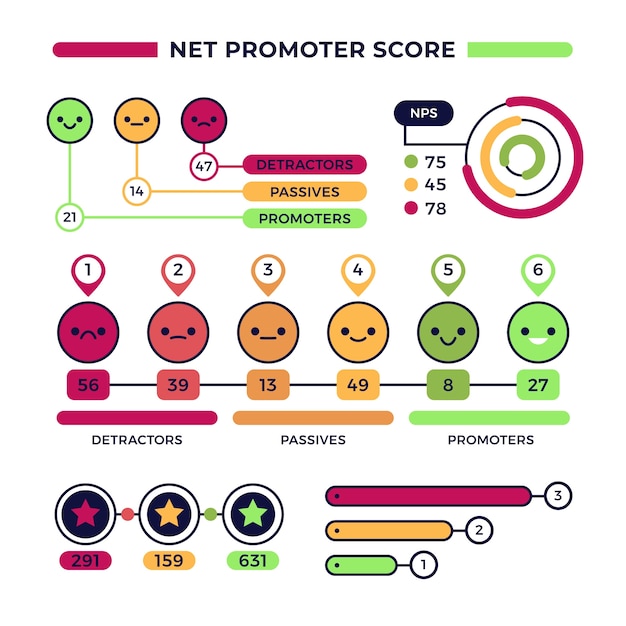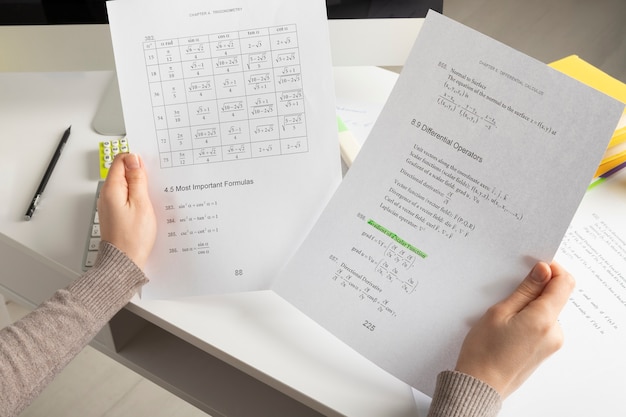
Reported speech, also known as indirect speech, is a way to convey what someone else has said without using their exact words. When reporting someone’s speech, we may need to make changes to pronouns, tenses, and time expressions to ensure accuracy and clarity. In this article, we will explore the rules and techniques for effectively reporting speech.
Shifting Pronouns:
One of the main adjustments we make when reporting speech is changing the pronouns to match the new speaker. Let’s consider an example:
Direct speech: “I love chocolate,” said Mary.
Reported speech: Mary said that she loved chocolate.
In this case, the pronoun “I” in the direct speech becomes “she” in the reported speech. It is important to note that the pronoun change depends on the gender and person of the original speaker.
Changing Tenses:
When reporting speech, we often need to shift the tenses to reflect the time of the reported information. Let’s look at an example:
Direct speech: “I will visit my grandparents tomorrow,” said John.
Reported speech: John said that he would visit his grandparents the next day.
In this example, the future tense “will visit” in the direct speech changes to “would visit” in the reported speech to match the past perspective of the speaker.
Time Expressions:
Time expressions also play a crucial role in reported speech. We need to adjust these expressions to reflect the time shift. Consider the following example:
Direct speech: “I saw him yesterday,” said Sarah.
Reported speech: Sarah said that she had seen him the day before.
Here, the time expression “yesterday” changes to “the day before” in the reported speech to maintain accuracy.
To summarize, here is a table summarizing the changes that occur when reporting speech:
| Direct Speech | Reported Speech |
|———————-|———————–|
| Pronouns | Adjust to new speaker |
| Tenses | Shift to reflect time |
| Time Expressions | Change to match shift |
Now, let’s practice some exercises to reinforce our understanding of reported speech:
Exercise 1:
Change the following direct speech into reported speech:
1. “I have completed my homework,” said Lisa.
Reported speech: Lisa said that she had completed her homework.
2. “We are going to the beach tomorrow,” said Tom and Emily.
Reported speech: Tom and Emily said that they were going to the beach the next day.
Exercise 2:
Convert the following reported speech into direct speech:
1. She said that she loved playing the piano.
Direct speech: “I love playing the piano,” she said.
2. They said that they had already finished dinner.
Direct speech: “We have already finished dinner,” they said.
Answers:
Exercise 1:
1. Lisa said that she had completed her homework.
2. Tom and Emily said that they were going to the beach the next day.
Exercise 2:
1. “I love playing the piano,” she said.
2. “We have already finished dinner,” they said.
In conclusion, reported speech allows us to convey what someone else has said while making necessary adjustments to pronouns, tenses, and time expressions. By following the rules and techniques outlined in this article, you can effectively report speech with accuracy and clarity.





